INTRODUCTION
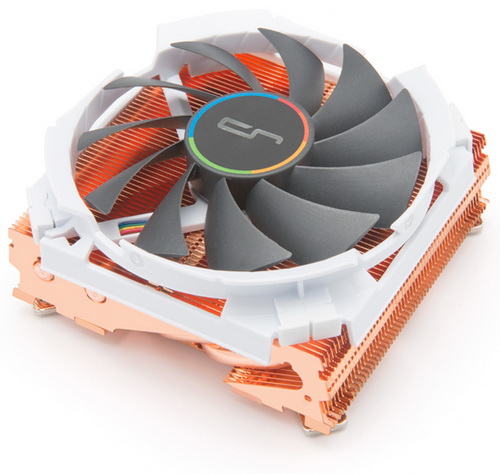
With small form factor (SFF) systems (based either in micro-ATX or mini-ITX mainboards) becoming more and more popular every day that goes by consumers looking for ways to cool such systems are left with two valid choices to choose from, either compact CPU air coolers or in some cases AIO liquid coolers. Of course, cost and case compatibility (not all have mounting spots for AIO models) are two very important factors and this is where compact CPU air coolers take the lead compared to AIO liquid models. Unfortunately, we don't see nearly as many compact CPU air cooler models as we see micro-ATX and mini-ITX cases get released in the market so options are very limited especially when looking for a high cooling efficiency solution. CRYORIG has released several interesting CPU coolers over the years and today with us we have their compact C7 Cu model which also happens to be one of their most impressive ones to date.
Officially founded in 2013, CRYORIG is a fresh new comer to the PC peripherals and Cooling market with a core team of seasoned veterans. The team’s resumes include experiences with renowned brands such as Thermalright, Prolimatech and Phanteks. The members are overclockers and PC modding enthusiasts, with a passion to strive for nothing but the best. With the long experience and drive for innovation and improvement, CRYORIG is about applying RESEARCH and innovative IDEAS making the coolest GEAR possible.
CRYORIG currently has two C7 CPU air coolers in their product line the "regular" C7 model which is made out of aluminum and the more "advanced" all-copper Cu model (both are top-down zero-interference CPU coolers). These two models are actually pretty much identical, they both measure 97x97x47mm, have four 6mm heatpipes and 57 fins, come with the same C1100 Pure copper base and feature the same 92mm fan (can spin up to 2500RPM to produce 40.5CFM of airflow and 2.8mmH2O of air pressure with 30dBA of noise). As a matter of fact, the only thing that changes is the material and since copper features a much higher thermal conductivity compared to aluminum (roughly 160% more) the C7 Cu model has a 15% higher TDP of 115W (100W for the regular C7). Of course, copper is also heavier compared to aluminum (aside more expensive) so weight is yet another difference these two models have (613g vs 295g for the heatsink).
SPECIFICATIONS AND FEATURES

PACKAGING AND CONTENTS
The C7 Cu is placed inside a small cardboard box that just has a product drawing and a few words about it at the front.
A few words about copper are printed on the left side.
Mainboard compatibility, measurements and TDP are all printed on the right side.
Once you open the box you will once again find the usual text urging you to register your product in order to receive an extended 3-year warranty.
Contained inside the box are the C7 Cu CPU cooler with the X-Bar Backplate attached, screwdriver, CP-7 thermal paste tube, product registration card, installation manuals and all the necessary nuts and washers to install the cooler onto Intel LGA1150/1151/1155/1156 and AMD AM2/AM2+/AM3/AM3+/AM4/FM1/FM2/FM2+ mainboards.
THE C7 CU
The C7 Cu is a compact CPU air cooler that measures just 97mm in diameter and 47mm in height with a weight of 675g (fan included).
Two 6mm all-copper heatpipes extend from the front and rear of the heatsink (4 in total).
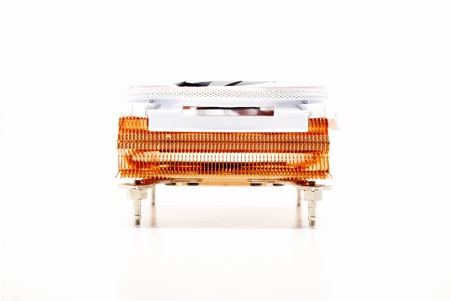
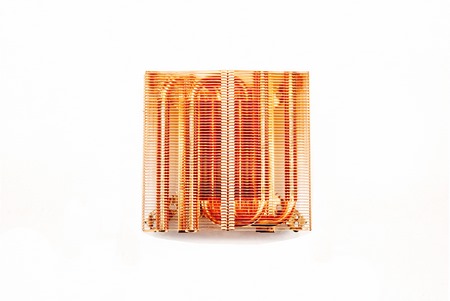 The main heatsink body has a total of 57 copper fins (0.4mm thick each).
The main heatsink body has a total of 57 copper fins (0.4mm thick each).
CRYORIG has used a high-speed 92mm fan which although combines good numbers (2500RPM/40.5CFM/2.8mmH2O/30dBA) still its white frame doesn't look as good as it does on its aluminum brother.
The C1100 pure copper base is polished but unlike what is stated in the specifications sheet it's not nickel plated (wouldn't make much sense for the all-copper model).
TEST BED
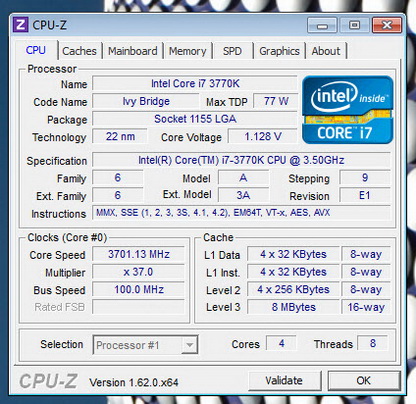

TESTING METHODOLOGY
As we have stated in the past the Intel I7-3770k system is not located in our lab and so it's obviously not our primary choice when testing CPU Coolers. Still since HTPC/SFF models shouldn’t be used with our overclocked Core I7-3930k we have decided to take this path whenever one such model lands at our doorstep. As always our first concern is ambient temperatures so once again we keep the room temperature to around 21-23 degrees (not really hard but unfortunately not 100% accurate as in our lab) and as always to successfully record the load temperatures we use the latest OCCT application (for around 6-10 minutes) to push the processor to its limits so we can record its temperatures. After that is done we wait for about 10-20 minutes for the CPU to cool down and record the idle temperatures. This is done to allow time for the thermal conductive material to achieve the optimal performance level. Same procedure was then repeated with the Passmark BurnIn Test as a failsafe just in case the OCCT results were off. As many of you have pointed out time and again this procedure takes a lot more time than the usual peltier/thermometer tests but this way not only can we deliver real world results based on real CPUs but we can also triple check the results using a variety of programs. Last but not least the temperatures are recorded using both the latest versions of AIDA64 and RealTemp while the noise level tests are performed using a high precision ExTech HD600 Decibel Meter placed about 10-15cm above the CPU Cooler.
TEST RESULTS


CONCLUSION
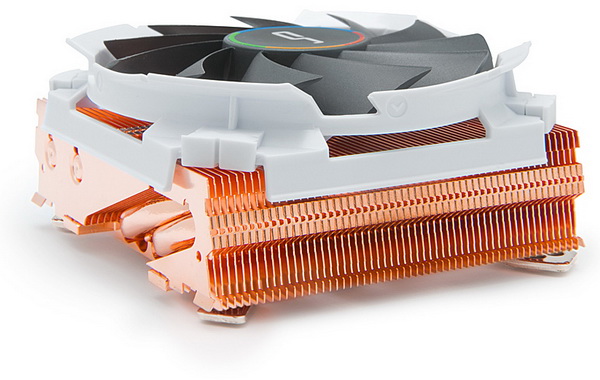
Copper CPU coolers have been around for at least a decade now and although they do offer superior cooling efficiency compared to aluminum models both their price/cost and weight have made them a far less popular choice among manufacturers. That being said all-copper models I’ve seen released to date have been surprisingly popular among enthusiasts, modders and even some overclockers over the years so I’m actually surprised we haven't seen more over the years. With that out of the way although we never had the regular C7 here and thus we can't compare its performance with that of the C7 Cu we can say with certainty that for its size the C7 Cu does extremely well which is also why it's the 4th best cooler in our Intel Core i7-3770K charts. Unfortunately, just like with many other coolers performance comes at a price and so its 92mm high-speed fan is quite audible when at full speed (interesting enough it's 4th place again) so you should keep that in mind if you plan on putting the system through heavy use.
As mentioned already in this review copper CPU coolers are quite more expensive compared to aluminum ones and so the C7 Cu small form factor cooler by CRYORIG currently retails for 44.99Euros inside the EU (Alternate.de) and although still more expensive compared to the regular C7 model (10Euros to be exact) we really think it's worth the extra cost (unfortunately at the time of this review we were unable to find it anywhere in the USA). At the end of the day the C7 Cu may not feature the best fan around (so some people may choose to use another one instead) but it offers very good cooling efficiency at a price tag which is less than its MSRP (just 10Euros over the aluminum version is a bargain) and so it certainly deserves our Golden Award.

PROS
- Very Good Build Quality (All Copper)
- Zero Interference Model (Just 47mm In Height)
- Cooling Efficiency
- Bundle
- Price (For Some)
CONS
- Current Availability (USA)
- Noise Levels

 O-Sense
O-Sense





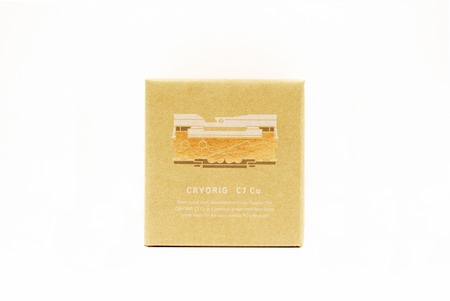
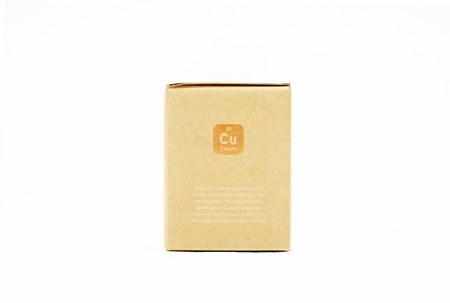
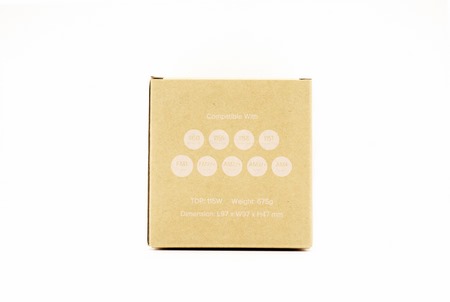
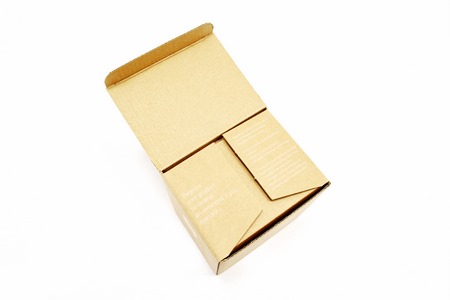
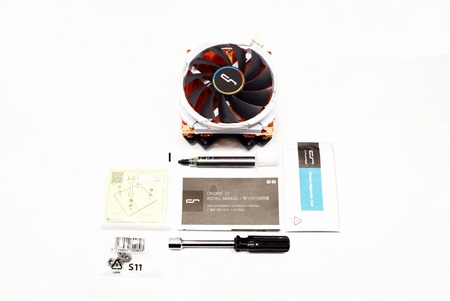
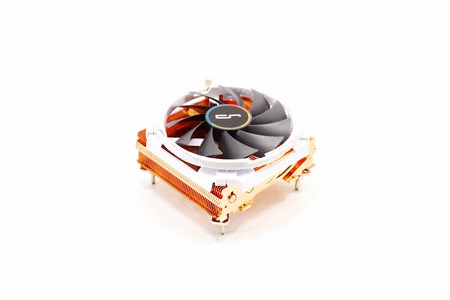
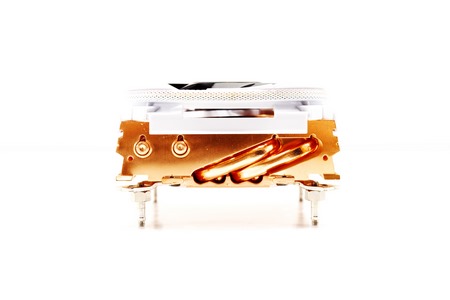
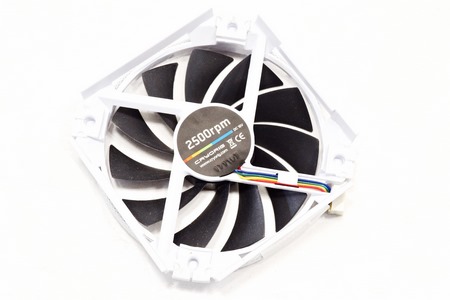
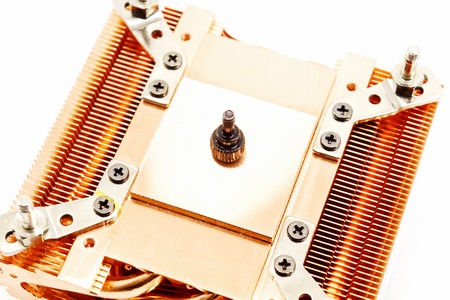


.png)

